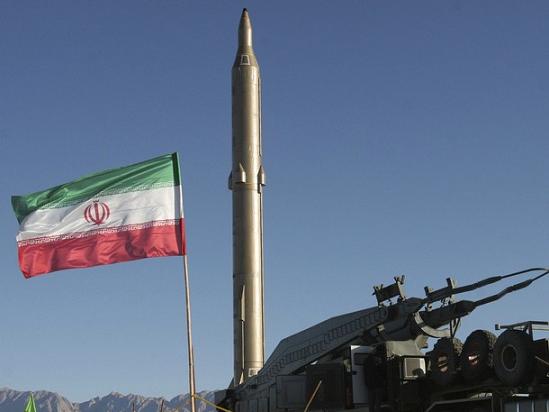 Parler
Parler Gab
Gab
Houthi rebels intensified their assaults on vessels in the Red Sea, targeting a fuel tanker operated by Trafigura. The potential for an expanded conflict increased as Russian refined product exports were expected to decline due to refineries undergoing repairs after drone attacks. Brent crude futures increased by 0.4% to $83.84 per barrel, while U.S. West Texas Intermediate crude rose by 0.4% to $78.35 per barrel.
The drone strike on U.S. troops in Jordan raised fears of a broader conflict in the oil-rich Middle East. RBC Capital analyst Helima Croft noted the death of three U.S. service members marked a crucial point, potentially leading to increased U.S. involvement and a heightened risk of regional energy supply disruptions, especially if a direct confrontation with Iran occurs.
Trafigura, a commodities trader, stated on Saturday that it was evaluating the security risks of additional Red Sea voyages following an attack by Yemen’s Houthi group on a tanker. ANZ analysts mentioned that while disruptions to supply had been limited, the situation changed after a Trafigura-operated oil tanker was hit by a missile off the coast of Yemen. With oil tankers associated with the U.S. and UK now at risk, the market is likely to reassess the potential for supply disruptions.
Both contracts experienced a second consecutive week of gains, reaching their highest point in nearly two months on Friday. This was driven by concerns about Middle East and Russian oil supply, coupled with positive U.S. economic growth and indications of Chinese stimulus that elevated demand expectations.
IG Markets analyst Tony Sycamore noted, “The previously prevailing complacency in the oil market has dissipated. Dips in WTI are expected to attract buyers, particularly towards the 200-day moving average at $77.60, with additional robust support anticipated at $75.00 as buyers aim for a push into the low $80s.”
Due to disruptions caused by fires at refineries on the Baltic and Black Seas, Russia is likely to reduce naphtha exports, a key petrochemical feedstock, by approximately 127,500 – 136,000 barrels per day. This accounts for around a third of its total exports, as reported by traders and LSEG ship-tracking data. On February 1, OPEC and its allies, collectively known as OPEC+, are set to convene online.
However, sources within OPEC+ suggest that decisions regarding oil production levels for April and beyond will likely be deferred to the coming weeks. The timing of the meeting is deemed too early to make conclusive determinations on further output policies.
Read more at: YourNews.com
Historic rains and flooding push California fault lines toward the “Big One”
By Ethan Huff // Share
Transcript of Tucker Carlson’s interview with Putin NOW RELEASED
By Ethan Huff // Share
Iraq to DITCH U.S. dollar for oil trades, joining growing dedollarization trend
By Ethan Huff // Share
Police discover a NUCLEAR MISSILE in a man’s garage in Washington state
By Zoey Sky // Share
Ray McGovern: NEOCONS and WARMONGERS in Biden admin are pushing U.S. into war with Iran
By Kevin Hughes // Share
Governments continue to obscure COVID-19 vaccine data amid rising concerns over excess deaths
By patricklewis // Share
Tech giant Microsoft backs EXTINCTION with its support of carbon capture programs
By ramontomeydw // Share
Germany to resume arms exports to Israel despite repeated ceasefire violations
By isabelle // Share










